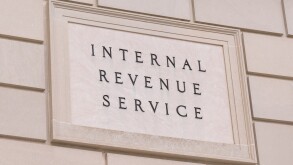Montenegro has recently sharpened its focus on fiscal consolidation with a target to achieve budget surplus and to establish a declining trend in the level of public debt from 2019. On the revenue side, additional measures will be aimed at further harmonising the excise policy with the EU's rules. Additionally, the government is set to increase the standard VAT rate by two percentage points as of 2018, an adjustment which will not disturb the Montenegrin tax system.
The fiscal strategy has a redefined social policy, and the protection of certain categories (particularly pensioners) was taken into account. The effects of fiscal consolidation measures are expected to be reflected in the macro-fiscal indicators in such a way that it is predicted that the budget deficit will continue to decline and enter the surplus zone by 4.5% of GDP from 2020. Changes and amendments to the Excise Act envisage changes for products that do not directly affect the standard of living of citizens, such as tobacco products, ethyl alcohol and carbonated water with added sugar.
For these three types of products, an excise calendar has been established by law, according to which excise taxes will be increased once a year until 2020. Montenegro plans to introduce two new excise products – non-combustible tobacco and liquids for charging electric cigarettes. With the amendments to the law on excise taxes, a new excise product is also included: coal, to which excise duty will be applicable from January 1 2019.
The basic amendments and supplements to the VAT Law refer to the increase of the standard rate from 19% to 21%, effective as of January 1 2018. The aim of these changes is to reduce the public debt to a level of 67% by 2020.
The increased rate is expected to contribute to the increase of budget revenues. Amendments have only dealt with the standard rate, while the reduced one has remained unchanged.

|
|
Jelena Zivkovic |
Jelena Zivkovic (jelena.zivkovic@eurofast.eu)
Eurofast
Tel: +382 20 228 490
Website: www.eurofast.eu










